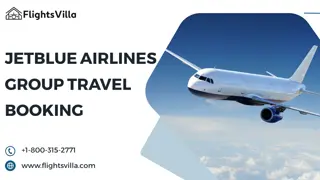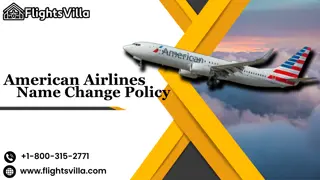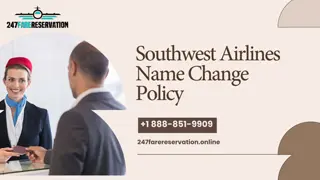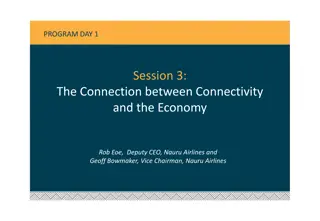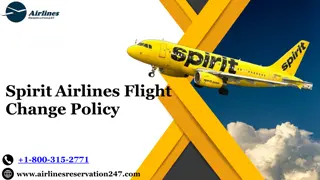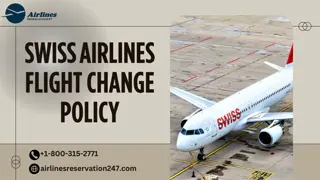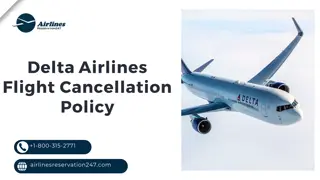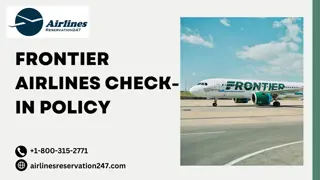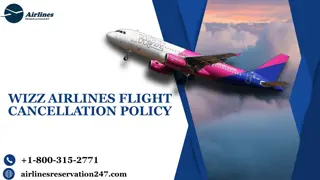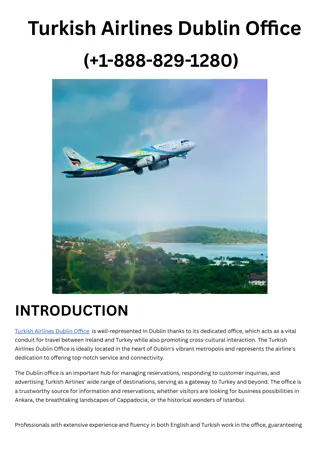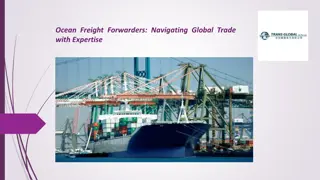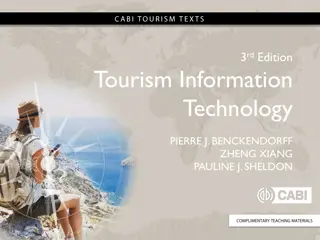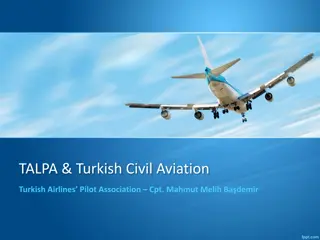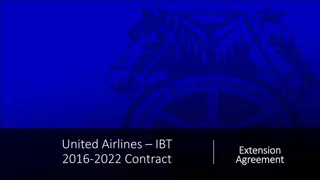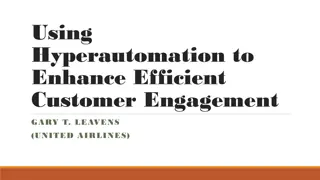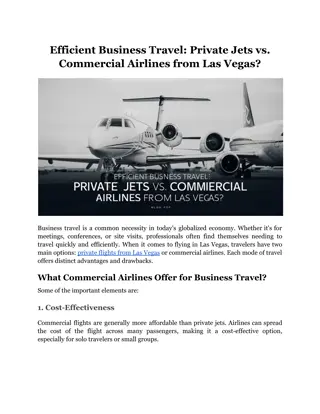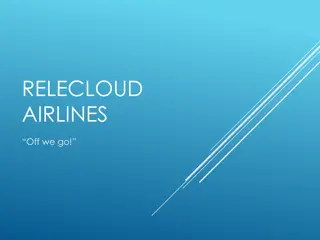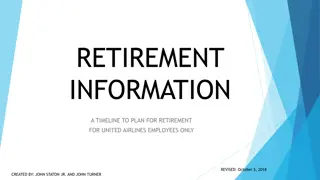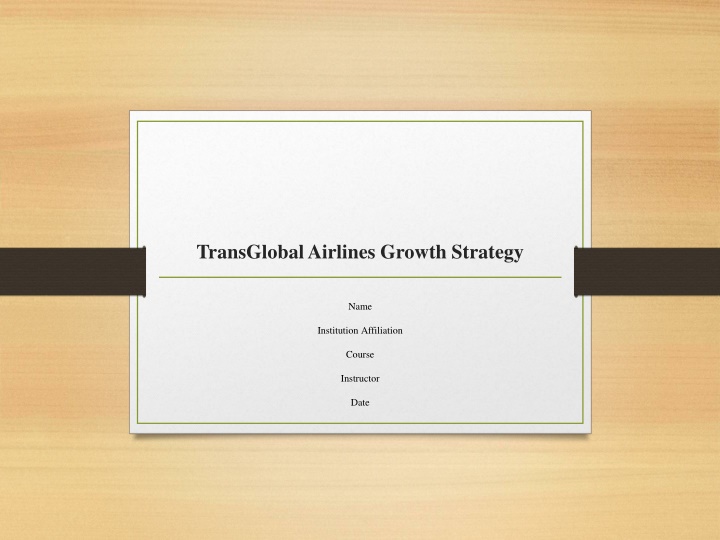
TransGlobalAirlines Growth Strategy and Implementation Overview
Explore TransGlobalAirlines' strategic growth plan focusing on market expansion and profitability through acquisitions and partnerships. The implementation strategy includes a buy-and-ally approach for sustainable long-term growth, supported by a five-year timeline and expected outcomes in financial growth, sustainability gains, and market positioning. References on sustainability in the air transport industry are also included.
Download Presentation

Please find below an Image/Link to download the presentation.
The content on the website is provided AS IS for your information and personal use only. It may not be sold, licensed, or shared on other websites without obtaining consent from the author. If you encounter any issues during the download, it is possible that the publisher has removed the file from their server.
You are allowed to download the files provided on this website for personal or commercial use, subject to the condition that they are used lawfully. All files are the property of their respective owners.
The content on the website is provided AS IS for your information and personal use only. It may not be sold, licensed, or shared on other websites without obtaining consent from the author.
E N D
Presentation Transcript
TransGlobalAirlines Growth Strategy Name Institution Affiliation Course Instructor Date
Implementation Strategy Overview Objective: Expand market presence and increase profitability through strategic growth. Options Considered: Buying (acquiring another firm), building (internal expansion), or allying (partnerships). Recommendation: A combination of buying and allying for maximum growth.
Buy, Build, or Ally Analysis Buy:Acquire a regional airline to expand domestic and international routes. Ally: Partner with sustainable fuel companies to enhance eco-friendly operations. Rationale Acquiring an airline fast tracks expansion and gains market share in the airline industry. Cooperation with fuel suppliers ensures the organization's sustainability objectives are met, and overall expenditures are minimized.
Five-Year Timeline Year 1: Identify and evaluate potential acquisition targets and key strategic partners. Year 2: Finalize acquisition and move forward with the operational processes; enter partnership and engagement agreements. Year 3: Expand market presence through newly acquired routes and enhance fuel efficiency. Year 4: Expand operations and leverage cost efficiencies and revenues about partnership structures. Year 5: Achieve increased profitability and market share with measurable sustainability improvements.
Expected Outcomes Financial Growth: Increased revenue from new routes and expanded customer base. Sustainability gains: Presumably cut carbon- emission and fuel costs from investments in sustainable fuels. Market Factor: Improved company position in the market through better performance and brand image.
Conclusion Strategic acquisitions enhance growth potential. Partnerships drive sustainability and operational efficiency. A five-year roadmap ensures structured execution and measurable success. Final Recommendation: Execute a buy-and-ally strategy for sustainable, long-term growth.
References Abdi, Y., Li, X., & C mara-Turull, X. (2020). Impact of sustainability on firm value and financial performance in the air transport industry. Sustainability, 12(23), 9957. Arousell, L. (2025). Will Sustainable Aviation Fuel (SAF) be able to meet future demand for sustainable air travel, and if so, at what cost?. Signature. Raman, R., Gunasekar, S., D vid, L. D., & Nedungadi, P. (2024). Aligning sustainable aviation fuel research with sustainable development goals: Trends and thematic analysis. Energy Reports, 12, 2642-2652.


